Imagine you are preparing for a big trip - your suitcases are packed, the route is planned and you are very excited. This is exactly the image that reflects our journey of digital transformation in the construction industry. We started this journey at the beginning of June - with around 30 manufacturers of building materials and building products on board of our 'Baustoffe 4.0' expedition. As with any good journey, we would like to share our travel report with you for those of you who were not there. So sit back, fasten your seat belts and join us on a journey into the future of the construction industry up to 2025.
.png?width=1296&height=482&name=MicrosoftTeams-image%20(369).png)
Entry point: A journey through keynotes
Our expedition began with several keynote speeches. Hanna Huber, Team Lead Innovation Management at Drees & Sommer, kicked off the event with a passionate presentation on how digitalisation is redefining approaches and opportunities in the construction industry. Dr Thomas Schlenker, Senior Vice President and CDO of Schüco International KG, and Andreas Göppel, CEO of Heinze GmbH, then shed light on other aspects of this digital journey. Schlenker emphasised the crucial role of detailed, digital building product and sustainability data. Heinze's Andreas Göppel, on the other hand, stressed the need for a central data hub and neutral data platforms. This is the only way to support and navigate the transformation of the construction industry.
.png?width=1296&height=482&name=MicrosoftTeams-image%20(372).png)
The road to the EU Green Deal: Dr Peter Mösle's view on sustainability and digitalisation
Another highlight of our trip was the presentation by Dr Peter Mösle, CEO of EPEA GmbH - part of Drees & Sommer. His expertise guided us through the legal requirements of the EU Green Deal and the current state of the circular economy in the construction industry. Dr Mösle made it clear that digital transformation and the circular economy are inextricably linked. The sustainability and transparency of building materials can only be improved if product data is available in the right way. He predicted that the circular economy will be the dominant theme in the construction sector by 2025, with lifecycle CO2 emissions and recyclability as key indicators.
.png?width=1296&height=482&name=MicrosoftTeams-image%20(373).png)
Dr Mösle concluded his presentation with a clear appeal: manufacturers of building materials and products must prepare for the transition to a circular economy in the building sector. This involves the following three steps:
- Identify the current situation;
- A gap analysis to identify differences between current and future requirements;
- And the digital recording of product information and environmental data.
The growing flood of data in the wake of sustainability efforts is placing ever greater demands on industrial data management. This highlights the need for efficient PIM systems. According to Mösle, PIM systems form the basis for overcoming the challenges that lie ahead. They make it possible to shape the future of the construction industry in a sustainable way.
An architect's perspective: The importance of digital building products
In her presentation, Marit Fuchs, an experienced planner in the Integrated Design team at Drees & Sommer, focused on the importance of correctly prepared digital construction product data. She emphasised that designers and architects need manufacturer-specific product data from the industry in order to exploit the potential of digital design in CAD. According to Fuchs, manufacturers of building materials and building products still offer too few digital building products that can be used in CAD design to add real value. And: Even when BIM objects are provided by industry, they often fail to meet the needs of designers. Why is that? Because they are overloaded with geometric data, for example, or are provided in the wrong data format. As a result, they are rarely used in the digital twin. Fuchs demonstrated her design process in Revit and showed how she uses the BIM & More Metronome BIM plug-in, the BIM library management solution from Die Werkbank IT GmbH, to access industrial BIM objects and retrieve the information relevant to the current design phase.
.png?width=1800&height=670&name=MicrosoftTeams-image%20(376).png)
Fuchs emphasised the importance of BIM & More as a middleware solution that manages and optimises the flow of information between manufacturers' product information systems (PIM) and architects' design software.
If the data is prepared according to the requirements, construction product data can be used effectively. This improves design quality and cost efficiency. The architect showed how she uses the BIM & More plug-in to calculate not only recyclability, but also the carbon footprint, including life cycle assessment. This is done over the entire lifecycle of a building plan and individual products in the design process. Manufacturers who provide their building materials and products to designers via the BIM & More middleware will automatically be provided with sustainability data in line with the cradle-to-cradle design principle. Architects can then include their products in all relevant calculations.
Middleware: The interaction between PIM systems and BIM infrastructures
Last stop: Matthias Uhl, CEO of Die Werkbank IT GmbH, emphasised in his keynote speech the crucial role of efficient product data provision for Building Information Modelling (BIM) and sustainable construction. He convincingly demonstrated that manufacturers will only be able to cope with all the scenarios of the coming years with a clean master data management system, in particular a Product Information Management (PIM) system. The issues of sustainability and recycling are accelerating this trend. Uhl is convinced that only with a single sourcing strategy will manufacturers be able to provide planners and architects with data that is effective, sustainable, cost-effective and adds value.
.png?width=1296&height=482&name=MicrosoftTeams-image%20(370).png)
However, Uhl questioned whether the PIM system could be the sole data source for BIM. He made it clear that the specific information processing required for BIM goes beyond what a PIM system can provide. This includes making data available in the correct format and avoiding encapsulation in data management at all costs. The level of geometric (LOG) and informative (LOI) detail is also critical, as is the separate availability of alphanumeric and 3D data. For international product portfolios, BIM data must also be available in the correct language and with the correct national level of information.
This is where the BIM infrastructure comes in, acting as middleware between the PIM system and the BIM/CAD software. The BIM infrastructure BIM & More, developed by Die Werkbank IT GmbH, meets all these requirements. It enables an effective and efficient transfer of product data. This means that objects can be managed in accordance with the Industry Foundation Classes (IFC) standard. In addition, data sovereignty is maintained until the data is transferred to the industry.
.png?width=1800&height=670&name=MicrosoftTeams-image%20(375).png)
Overall, Uhl emphasised that the combination of the megatrends of digitalisation and sustainability will reshuffle the cards. Flexible, agile companies that have read the signs of the times can seize the opportunity and turn it to their advantage. The BIM solution BIM & More Orchestra is proving to be an effective tool on the path to greater efficiency and sustainability.
The journey continues
Like an exciting world tour, our Baustoffe 4.0 event was just one stage on the long journey of digital transformation in the construction industry. As any experienced traveller knows, preparation is the key to success. That's why the right tools - in this case PIM systems and BIM infrastructures - are essential to support us on our journey.
.png?width=1296&height=482&name=MicrosoftTeams-image%20(371).png)
The future of construction is digital, sustainable and data-driven, just like our journey. With this in mind and the right luggage, we can now embark on the next stage. As with digital transformation, the journey is the reward.


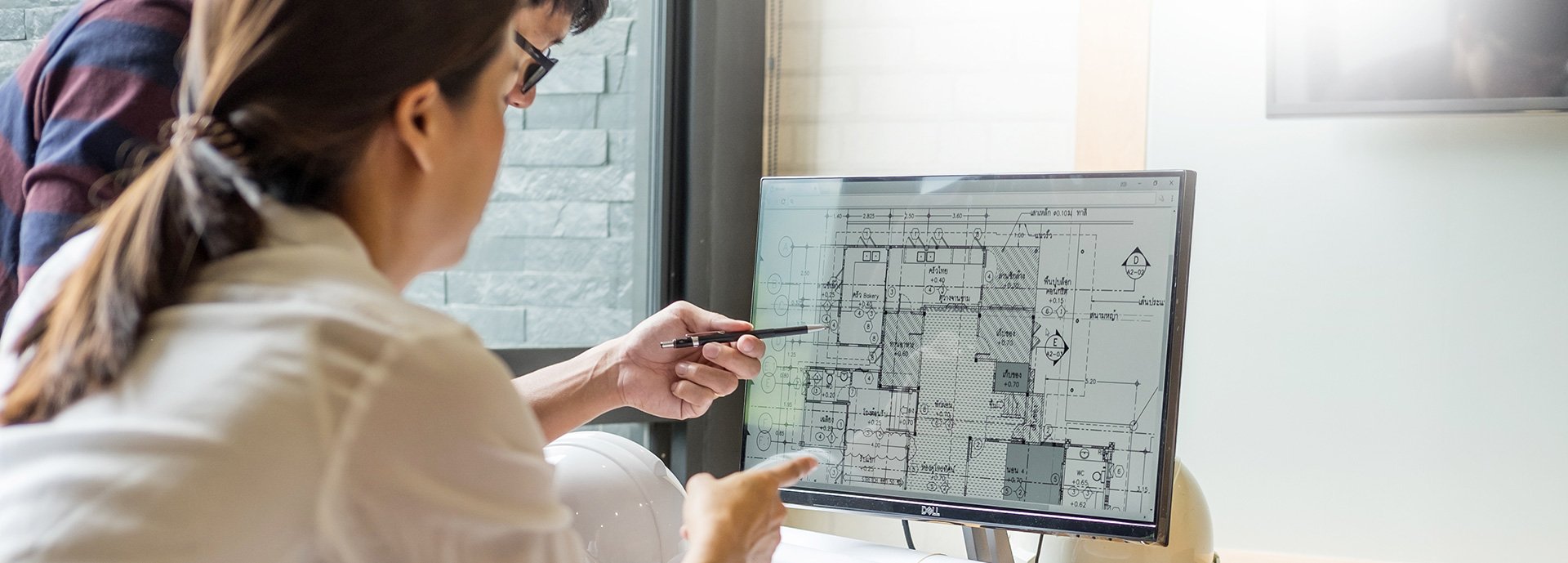

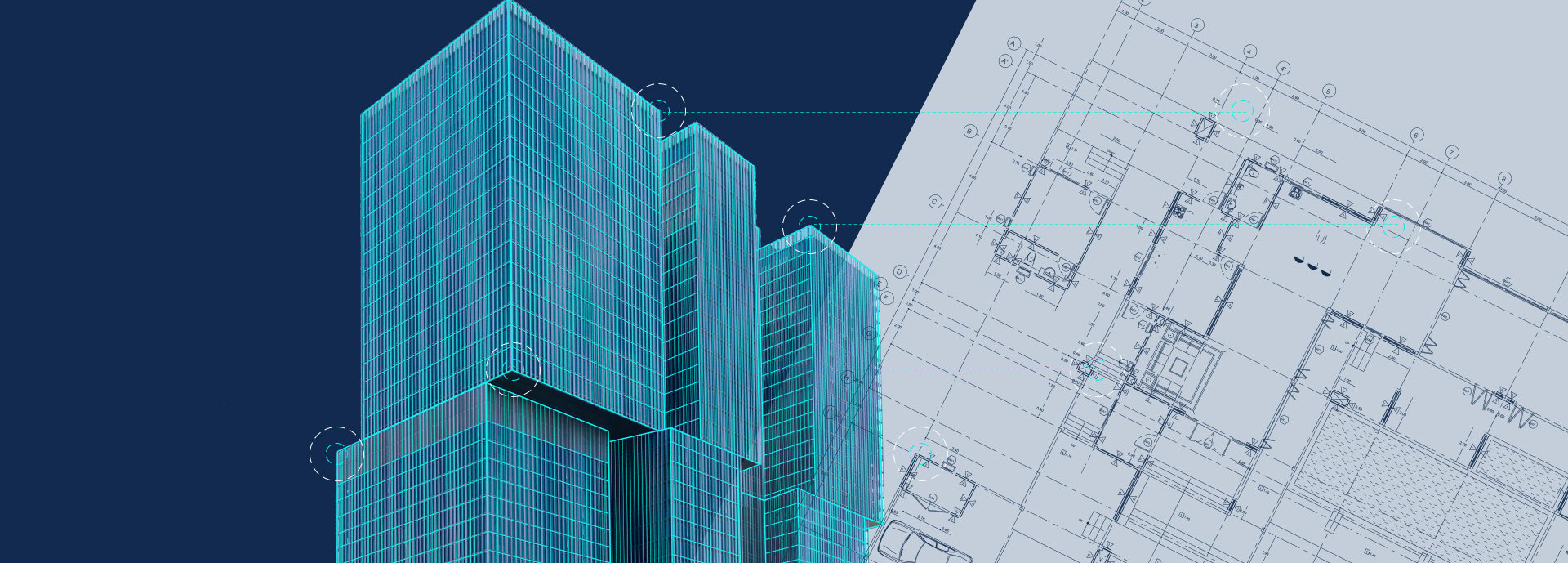

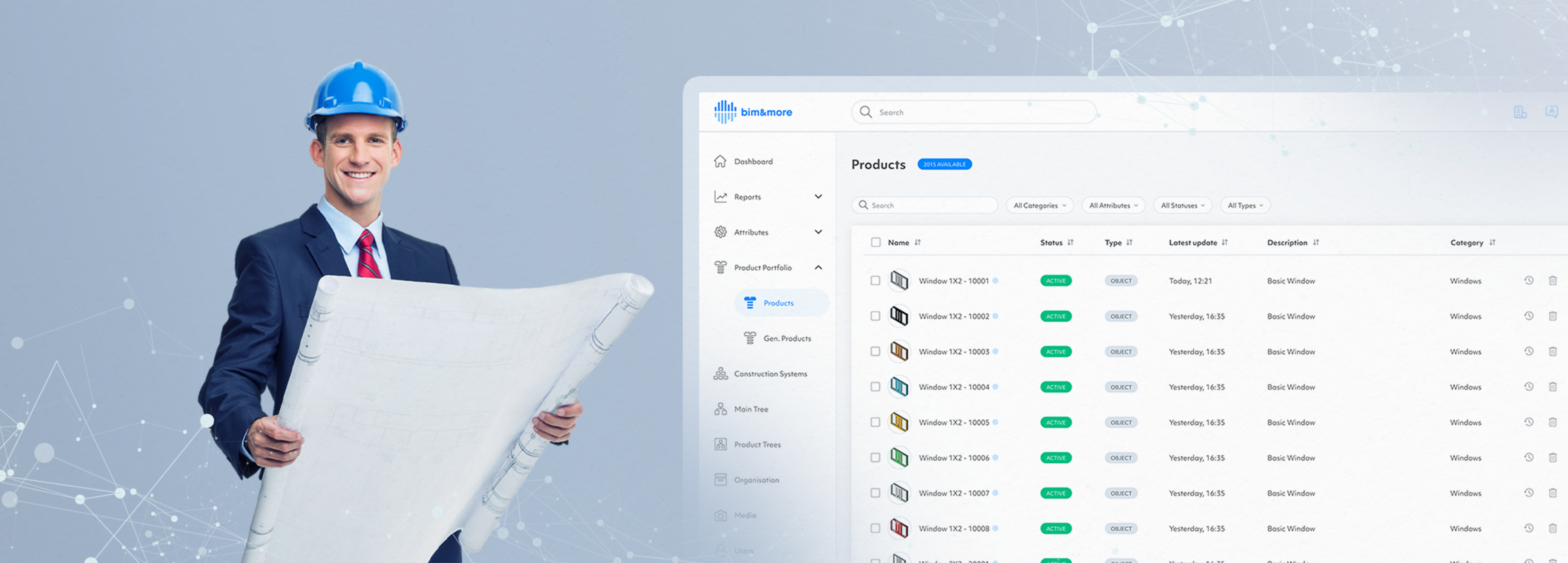
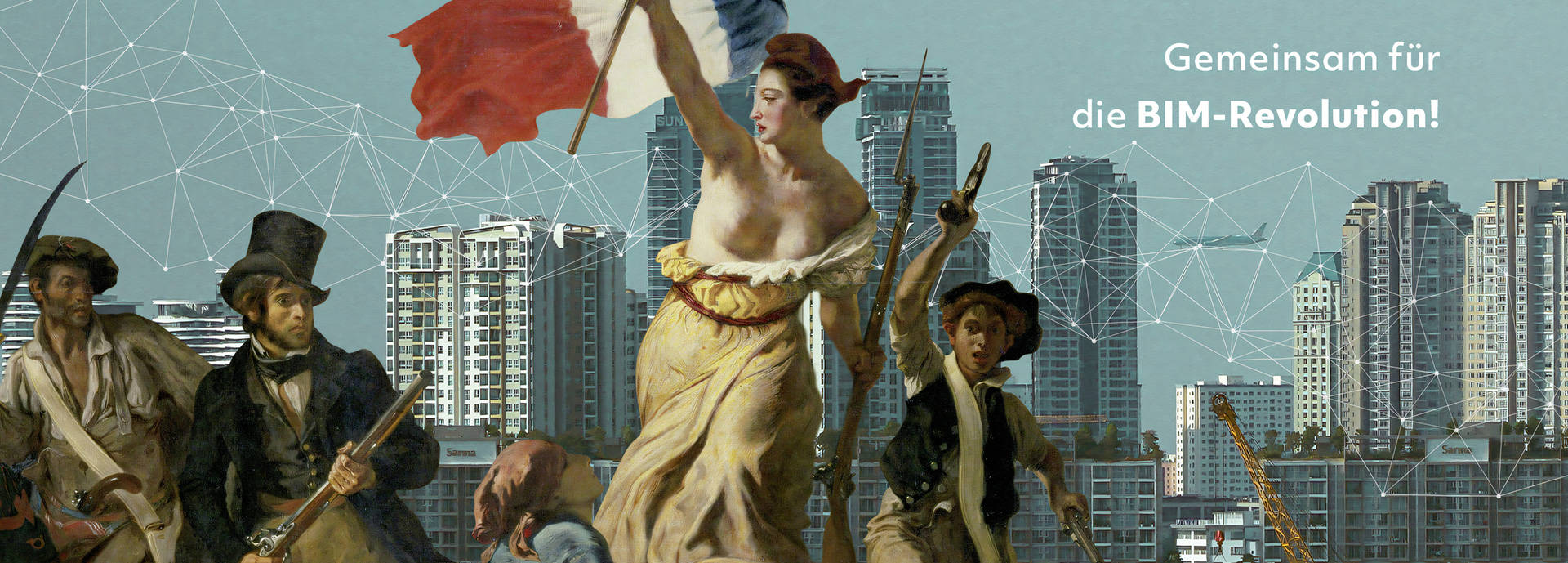

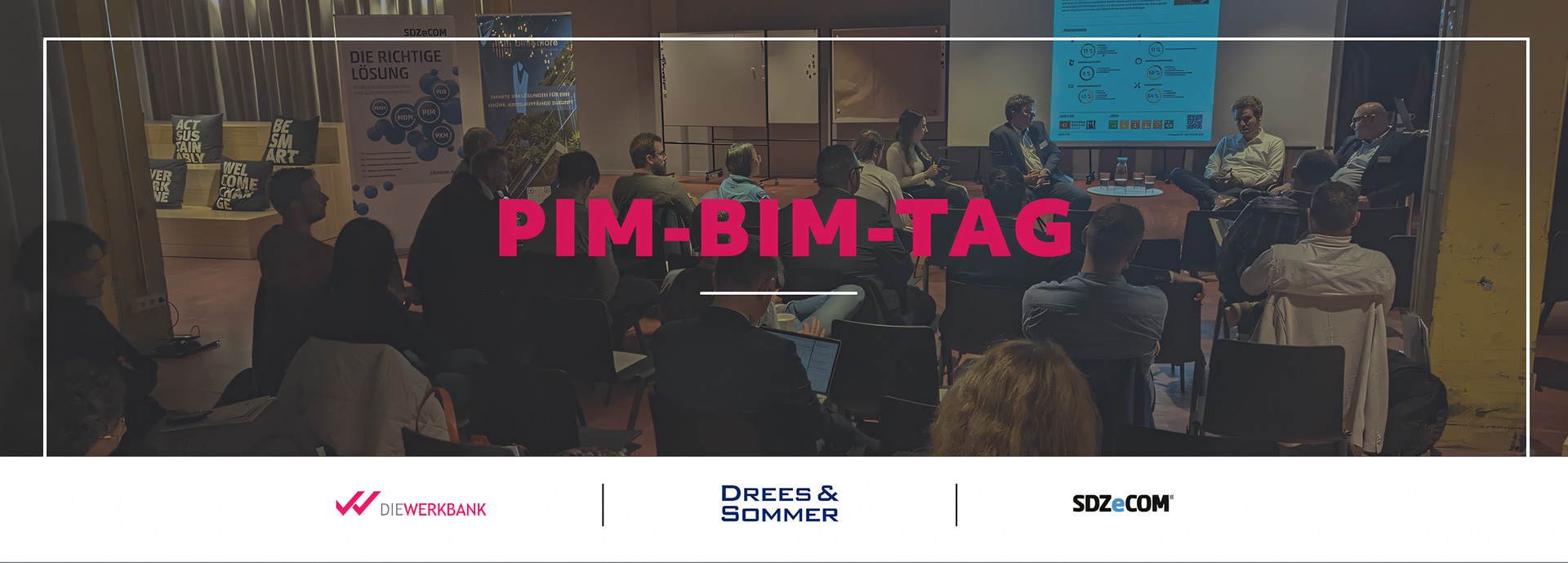

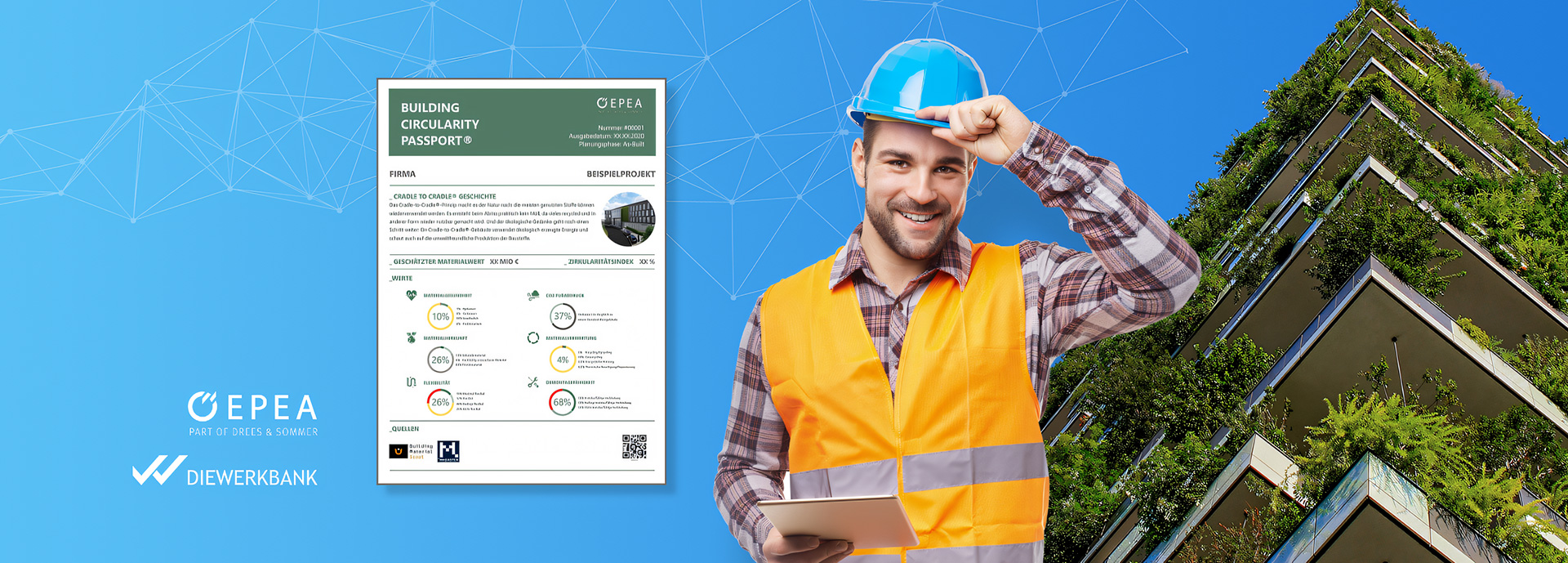
.png?width=673&height=152&name=image(10).png)